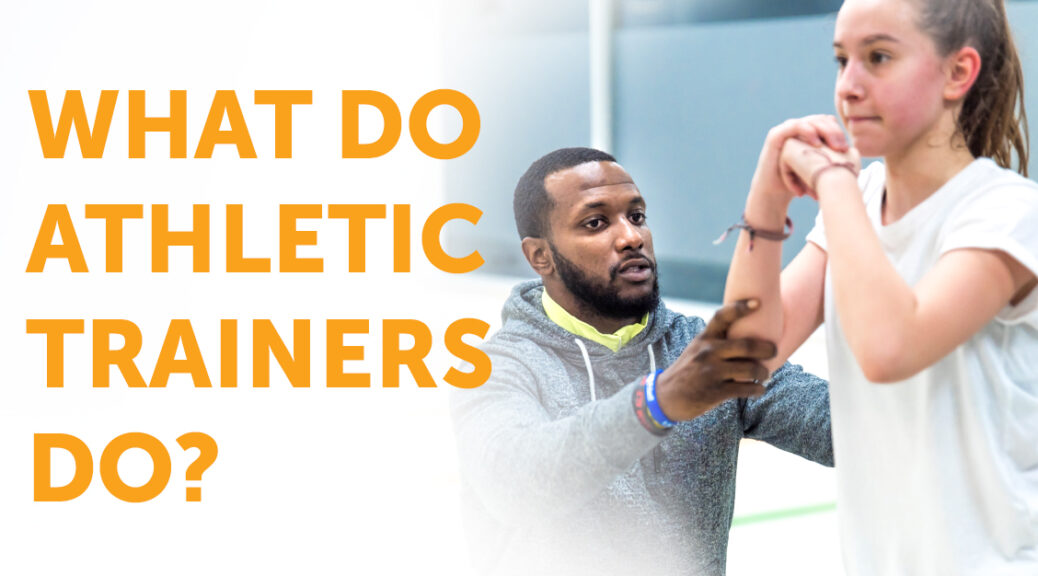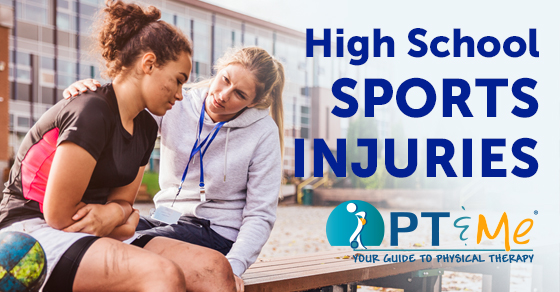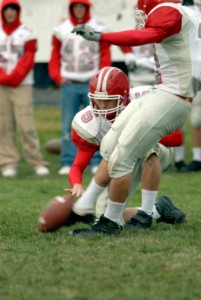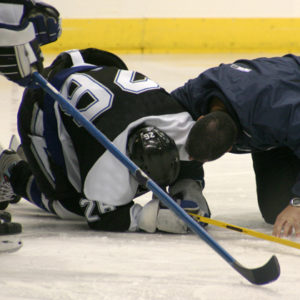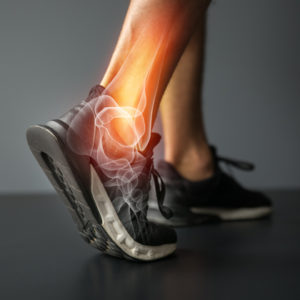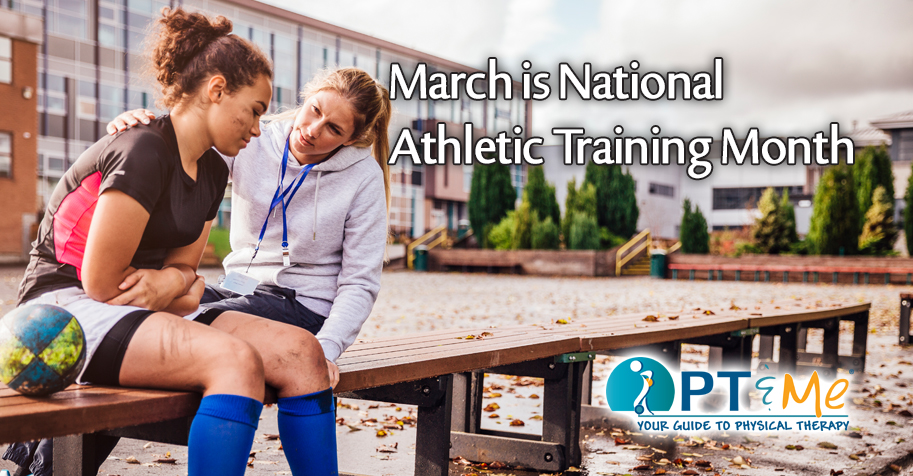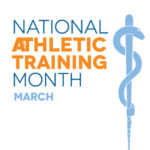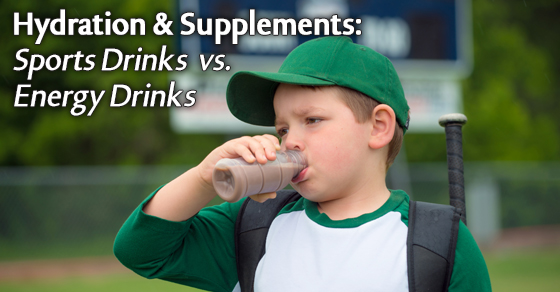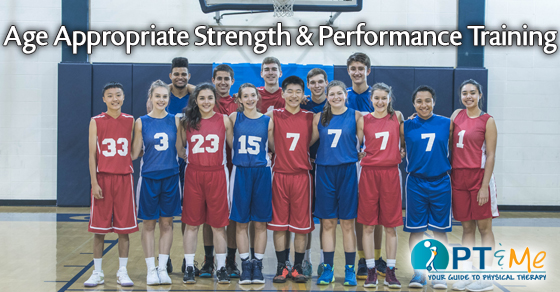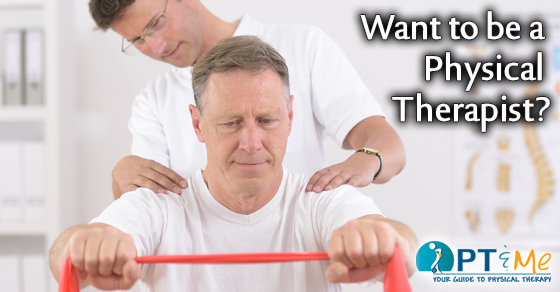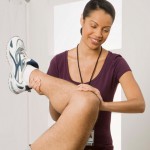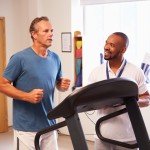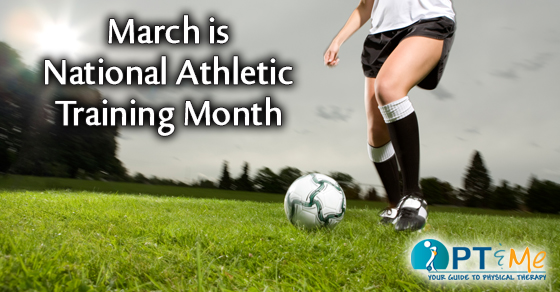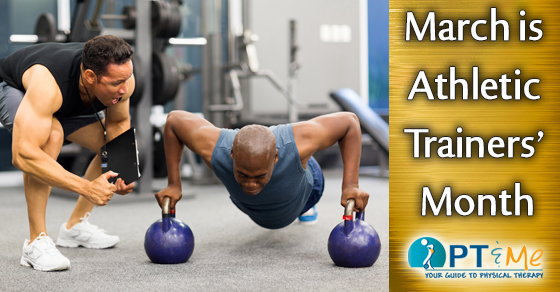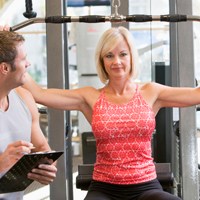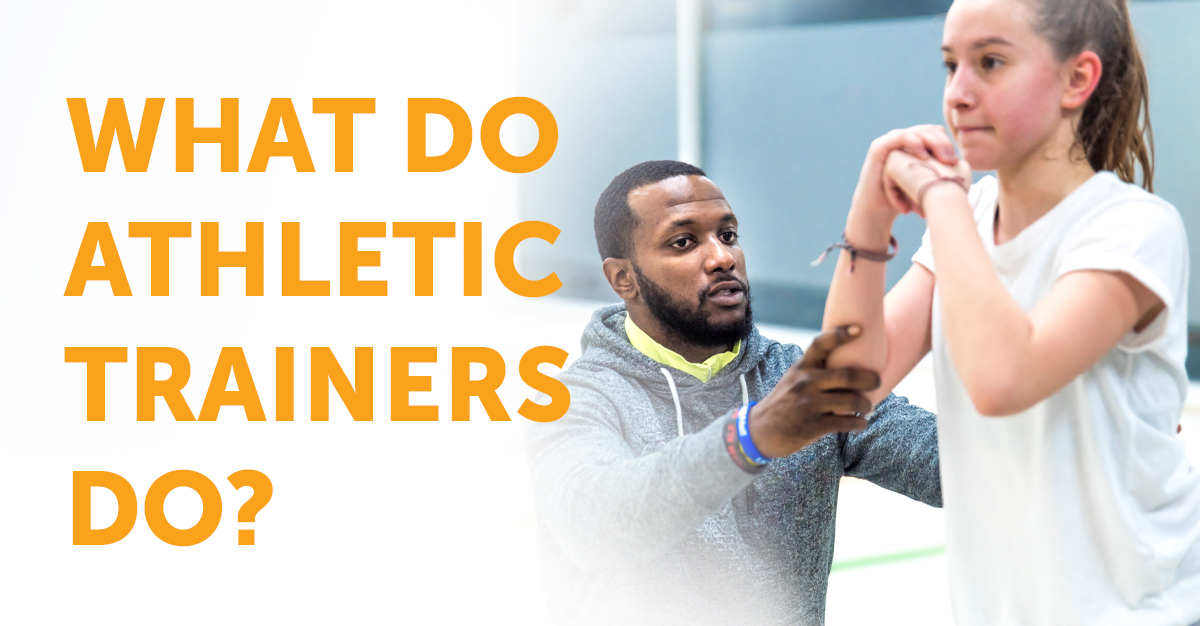
With March being National Athletic Trainers Month, it is important to understand who they are and what athletic trainers do in our communities.
What Do Athletic Trainers Do?
Athletic trainers are highly skilled professionals who offer services in preventing, examing, diagnosing, and treating sports-related medical conditions and injuries. They work in different sports environments such as high school, college, and professional sports settings. Generally, they are the first responders when injuries occur during sporting events.
Athletic trainers hold at least a four-year degree from a BOC (Board of Certification) accredited institution and are licensed, certified health professionals working with athletes on and off the field. However, as of 2022, the National Athletic Trainers’ Association reports that 70% of athletic trainers in the U.S. have obtained a master’s degree.
Athletic trainers work closely with coaches and parents and often refer athletes to other healthcare professionals such as physicians, physical therapists, and surgeons when needed. They also monitor the physical condition of the athletes throughout the year to ensure that they are in good health regardless of if the athlete is in or out of season. Their hours of work are determined by the schedule of the sports. They are often available after school and stay until sporting events have concluded.
In the training room, athletic trainers will:
- Prepare athletes for competition by taking preventative measures such as equipment fitting, taping, and bracing.
- Assess athletes with acute and chronic injuries to determine their participation status.
- Perform sport-specific rehabilitation on injured athletes.
- Provide opportunities for strengthening and conditioning.
- Work with sports staff on proper warm-up, game day preparation, and on/off-season conditioning.
- Educate athletes, coaches, and parents on sports medicine strategies, nutrition, and sports psychology.
Athletic trainers support athletes during sporting events and manage and treat any musculoskeletal issues such as:
- Shoulder, hip, knee, elbow, hand, and ankle injuries
- Facial injuries
- Neck and back injuries, spinal cord injuries, and traumatic brain injuries like concussions
- Triage and wound care
- Heat-related illnesses
- Fractures and dislocations
- Catastrophic injuries
Athletic Trainers Don’t Just Work With Athletes
The duties of many essential workers require a good range of motion, strength, and stamina while carrying the potential risk of developing musculoskeletal injuries. Athletic trainers also work in a variety of professional settings including but not limited to:
- The Performing Arts
- Military Bases
- Police Departments
- Fire Departments
- Sports Medicine Clinics
- Physician Offices, Hospitals, and Hospital Emergency Departments
Athletic trainers are crucial to the everyday life of athletes, essential workers, and more. They work to not only rehabilitate injuries but to prevent injuries as well through safety procedures and equipment. By deeming March National Athletic Trainers Month, we recognize their efforts and everything that they do for not only our athletes but our communities as well. If you have already experienced an injury or have long-lasting pain, our physical therapy teams can help you recover and get back to your sport.
This information was written by The Center for Physical Rehabilitation, an outpatient physical therapy group with five locations in Western Michigan. The Center specializes in all-inclusive physical therapy services, such as Sports Medicine, Orthopedic Post-Surgical, and McKenzie Therapy. Our state-of-the-art facilities are conveniently located around Grand Rapids with extended hours. Independent and locally owned since 1994, we have the freedom to work with the most qualified healthcare professionals.

